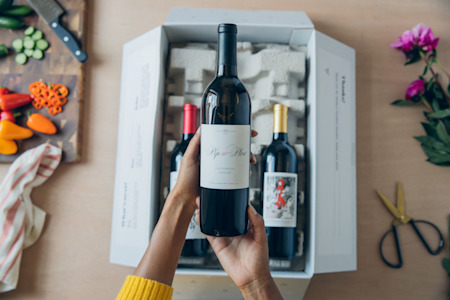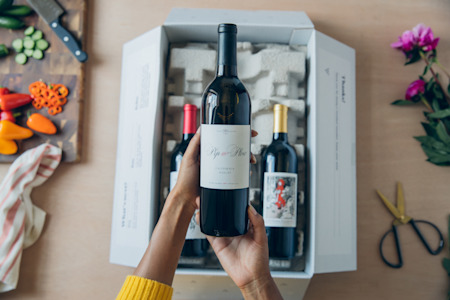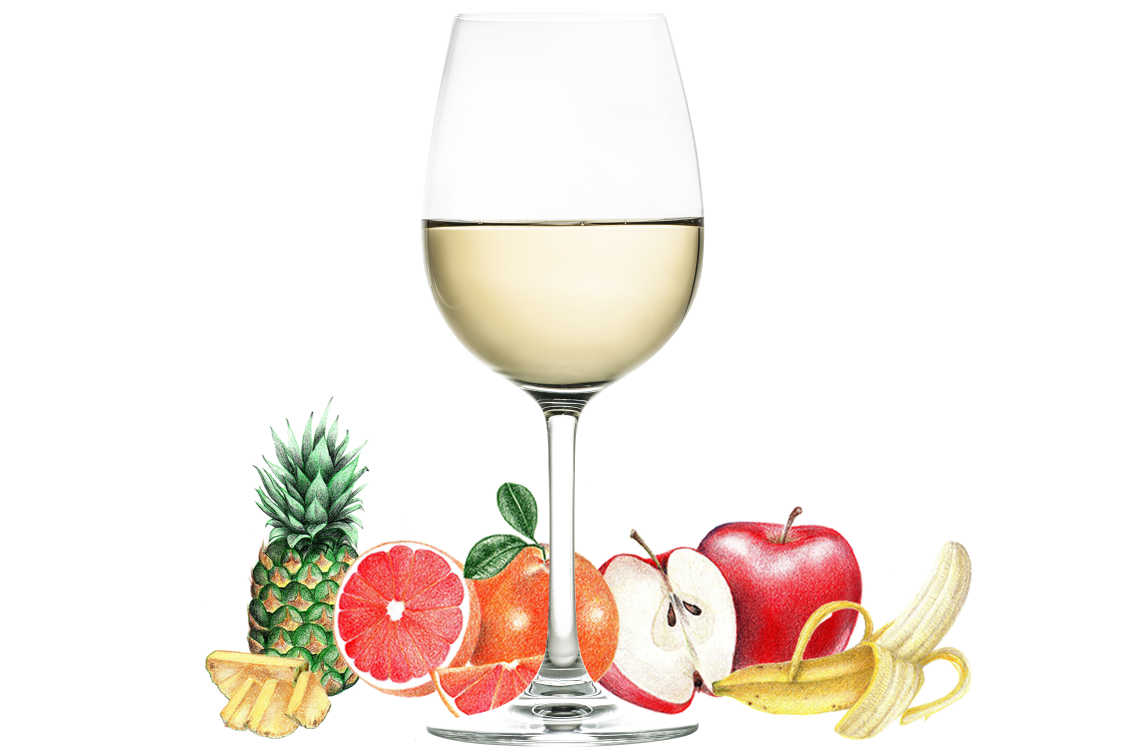Ultimate Guide to Airén Wine
Learn why Airén is the most planted white wine grape in the world in our ultimate guide
Airén is the most ubiquitous grape you've never heard of. Paradoxically, the chances that you'll ever find yourself drinking Airén wine are very slim. But this white wine grape is nevertheless significant. That's because it's the most widely planted white grape variety … in the world.
Airén was actually the most widely planted grape, period, until Cabernet Sauvignon and Merlot recently overtook it. Spain is home to 99% of the Airén grape's plantings. It's mostly used as part of a blend in white table wines, as well as in brandy.

Take Our Quiz Today
Get award-winning delicious wines from all over the world shipped straight to your door. Take the quiz to get the perfect pairings for your holiday season.
Take The Quiz TodayIN THIS ARTICLE:
History of Airén
The reason Airén is so widespread can be traced back to Franco's rule of Spain in the 20th century. The country was going through some economic troubles after World War II, and Franco made a deal with France to export Spanish brandy to its neighbor to the north. Airén was a good grape to make brandy: very productive, relatively neutral in taste, and with high natural sugars. And so the mass planting of the Airén grapevine began.
The variety was eventually used in table wines as well, notably blended with Tempranillo in the La Mancha and Valdepeñas regions of central Spain, to make light red wines. Today, much of it is used in dry white wines, but rarely as a varietal. It's blended with grapes like Viura (also called Macabeo), Verdejo, Malvasia and Sauvignon Blanc.
Vine pull programs have significantly reduced acreage in the last decade, but Airén is still prevalent.
Fun Fact
Airén has many synonyms, including Lairén, Manchega, Aiden, Valdepenas, Forcallet or Forcayet, and Burra Blanca.
What Does Airén Wine Taste Like?
Airén is a dry white wine that displays straightforward notes of grapefruit, pineapple, apple, and banana. It is typically made in a dry style, with low alcohol and low to moderate acidity. Despite the low acidity, the wines are still quite crisp. They are subtle enough in expression that wines will take on the aromas and flavors of other grape varieties Airén is blended with.
Airén Characteristics
So, we told you Airén is the most widely planted white grape variety in the world. As it turns out, Airén grapes cheat thanks to a little thing called vine density. Plantings are measured in acreage, and Airén vines are planted at very low density, which means they take up more space. Still, it's quite a big feat for an unknown grape.
Airén vines are trained to grow in small bushes that lie close to the ground. The grape is very resistant to drought, which is important to its success in Spain, where some winegrowing areas can be quite dry. It is also capable of producing very high yields; typically, winemakers let it achieve this, as it's mainly used in inexpensive bulk wines or as the base wine for brandy.
Fun Fact
In 2004, Airén had a total of 753,350 acres planted. By 2011, it had fallen to 539,544 acres.
Airén Nutritional Facts
The nutritional value of Airén varies depending on two factors: alcohol and sugar. As you now know, Airén is a dry wine low in alcohol. However, the grape has naturally high sugars, which is taken advantage of to make brandy. Dry wines made from Airén will have a relatively low calorie count, whereas Airén brandy's calories will be much higher. The more sugar there is in a wine, the more carbohydrates will be present.
How to Serve and Store Airén Wine
Airén is a simple, fresh white that is meant to be drunk right away. Nothing comes from aging it, even for a short amount of time. You want to crack that bottle open when the fruit is vibrant and the acidity is crisp. Brandy, of course, can last much longer, but Airén-based brandy isn't exactly Cognac, so it's still advisable to drink it within a few years. If you are storing it, make sure the bottle is on its side so the cork doesn't dry out, and that it's in a relatively cool, dry and dark room.
The recommended serving temperature for white wine is 45 to 55 degrees Fahrenheit. Since Airén wines are refreshing, easy-drinking sippers, it might be preferable to drink them on the cooler side of that spectrum. However, as always, this all comes down to personal preference.

View Our Selection of Award-Winning Airén Wines
Looking to try an Airén wine? You'll be sure to find one to your liking in our wine store
Shop Airen Wines NowWhat to Pair with Airén Wine
We think that Airén is a wine that is good on its own or with food, drink it however you like it the most, but the cardinal rule of wine and food pairing is important here: Match the weight of the wine with the weight of the food. So with Airén, forget about most types of meat; beef and pork will be way too overpowering, although chicken and turkey could work well with riper, plumper styles. A creamy pasta might also be a nice pairing with this style.
Fish is a good bet, particularly white, delicate fish, as well as all sorts of shellfish—shrimp, clams or even oysters.
Overall, vegetables are your friend here, especially for lighter, more subtle styles. Think green veggies, leafy or grain salads, and perhaps a chilled soup like gazpacho.
Airén Wine Regions Around the World
Spain:
As mentioned before, the central Spanish wine region of Castilla La Mancha, particularly in the appellation of La Mancha and Valdepeñas, is where the large majority of Airén is found. The warm, dry climate of the region, as well as its infertile soils, make up a good environment for the grape. It's used for dry white table wines and for the base wines of brandy.
The wine-growing areas around Madrid also cultivate it, as do the Canary Islands, where it is known as Burra Blanca and is blended with Listan Blanco, Malvasia and Breval.
Elsewhere:
There is a tiny bit of Airén in southern France as well as a small number of vineyard plantings in the United States in California.

Take The Quiz
Learning about different wine varietals and regions is fun. Take the quiz now to explore wines matched to your unique palate.
Take The QuizIN THIS ARTICLE

WinePrint™ by Firstleaf
Are you looking to learn more about your wine preferences? Check out our Wine Print for an in-depth look at your personal tasting profile. Discover your favorite wines, varietals, regions, and tasting notes and get personalized recommendations wherever you are.
Learn More
